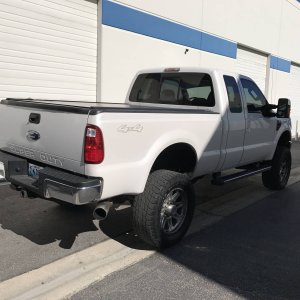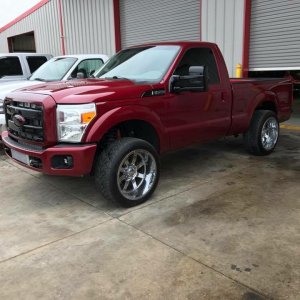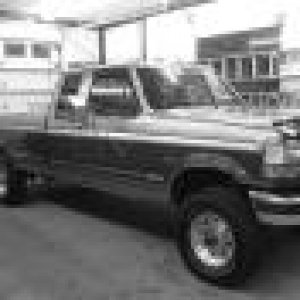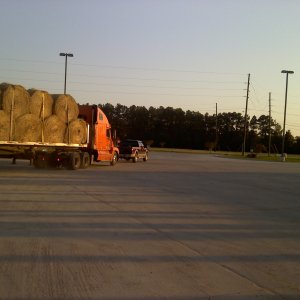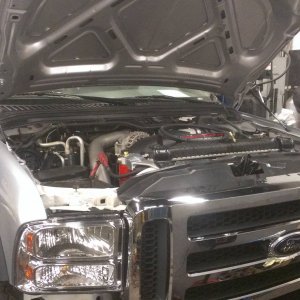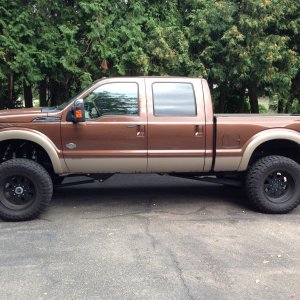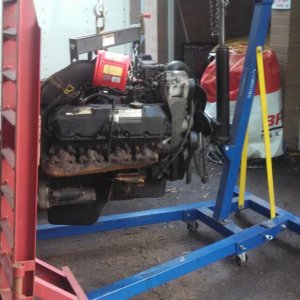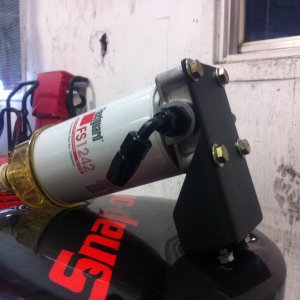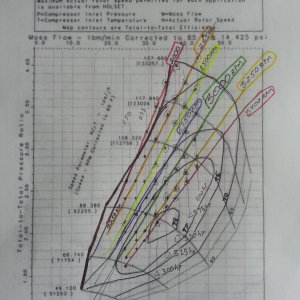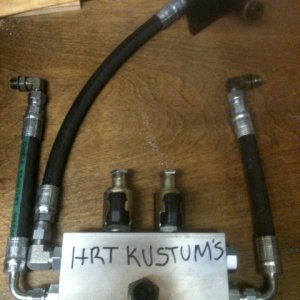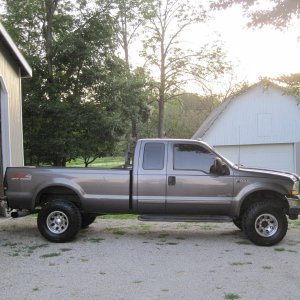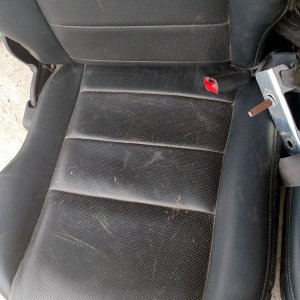Well - I think the HEUI white papers I've collected were on a hard drive that died a few years ago..... I can't seem to locate them anywhere so that must have been where they were. This is also why I now run a RAID configuration and have a cloud backup..... lol
If someone were so inclined to do some digging - they would find that a lot of high speed automotive hydraulic control research was done by a small company in Colorado by the name of Sturman Industries. If you dig deep enough you will find that they were consultants for Cat during the initial HEUI system development and there are patents issued to both companies. In fact there was a lawsuit over some patent rights. Digging through all of that and about 20 plus years of internet...... you'll find the same white papers I did.
Well I did about 2 hours worth of digging. No doubt did not cover everything but did manage to find a few interesting pieces of information.
The first patent I came across was US5806494A which describes the integrated oil rail system and injector system. In the second paragraph of the Background Art section it compares and contrasts a system with unincorporated oil supply lines to the incorporated oil rail system. It states, "One disadvantage of the seperate connection passages is that some pressure loss inevitably occurs and in some instances can require a higher oil rail pressure to compensate in order to ensure injector performance." It goes on to say that connection passages are difficult to manufacture and shape. This is what they indicate led to the original design of the oil rail.
Another, earlier, patent that states similarly is Patent US5392749A.
Pressure waves generated during operation are discussed in two patents I found. The first (US5168855A), discusses the minimization of the Helmholtz Resonance effect (pressure waves) using a check valve device on each oil rail (manifold) supply line. My best guess would be these are the check valves that are found in the HPOP fittings, and would prevent spikes in pressure from travelling back to the pump.
The most intriguing patent that had some implications for pressure wave and resonance reduction was patent US5297523A. This patent described the shaping of the oil passages in the head, from the oil rail to the injector, as a means of providing a restriction to the system to minimize pressure variation and avoid structural failures in the head. It states these passages have been, "sized primarily to reduce the cylinder head stress levels in the vicinity of [the injector] without degrading the injection performance." Notably, in the Industrial Applicability section it goes on to state the physical necessity of the oil rail as a means to store injection energy through the bulk modulus (compressibility) of the oil. As this is a function of Volume, the larger the oil rail and the more oil it will hold the more energy it can store for injection events. It states that, "the peak torque condition generally requires the highest actuating fluid flow." Therefore, increasing oil flow (actuating fluid) is necessary for higher output applications.
This seems to support some other members and my arguments that reduction of the oil rail volume, with subsequent increased restriction to flow, would be detrimental to performance.
To find any of the patents listed in this post use the web address:
https://patents.google.com/patent/USXXXXXXXX/en
Substitute the XXXXXXXX for the patent number (eg.
https://patents.google.com/patent/US5392749A/en)
There are a number of other highly interesting patents that I found that do not necessarily relate to this discussion (mostly different injector designs), but can be found by reading through the Patent Citations section at the bottom of the listed patents.

